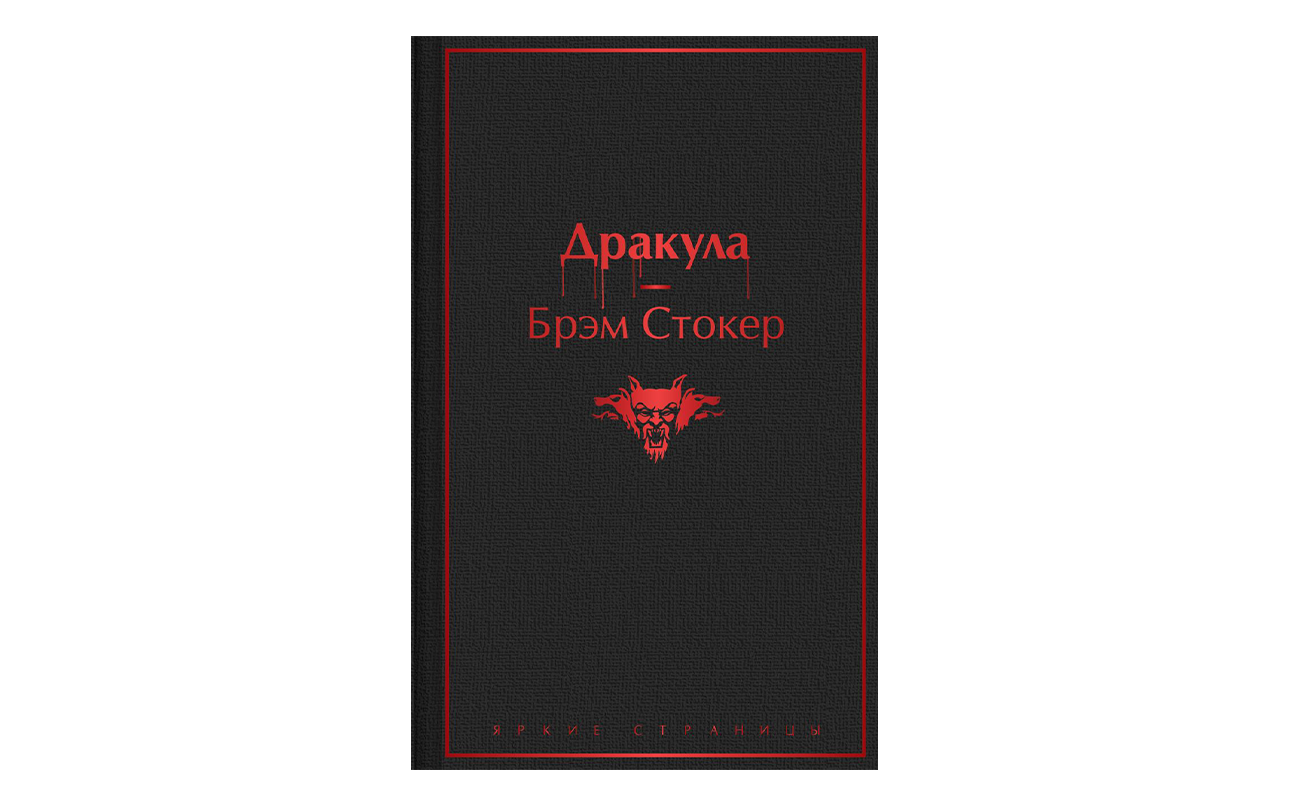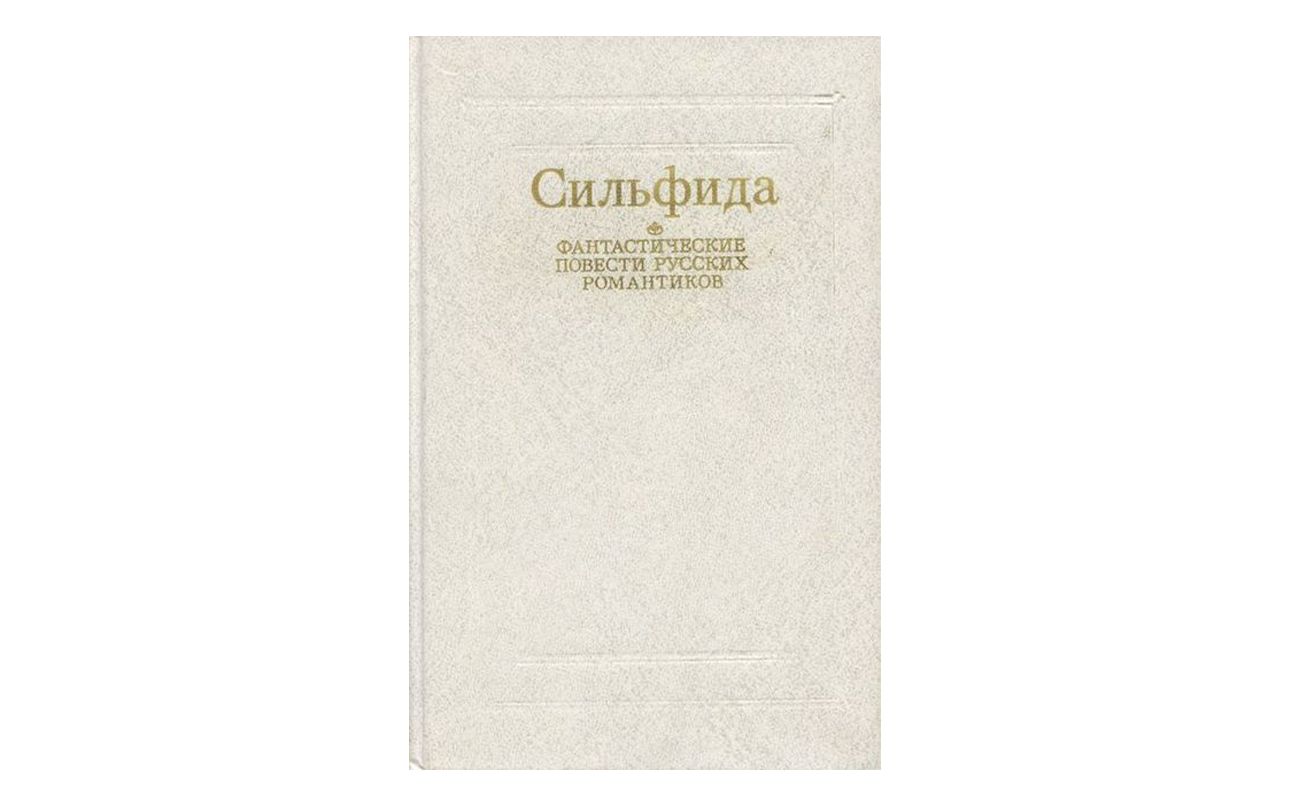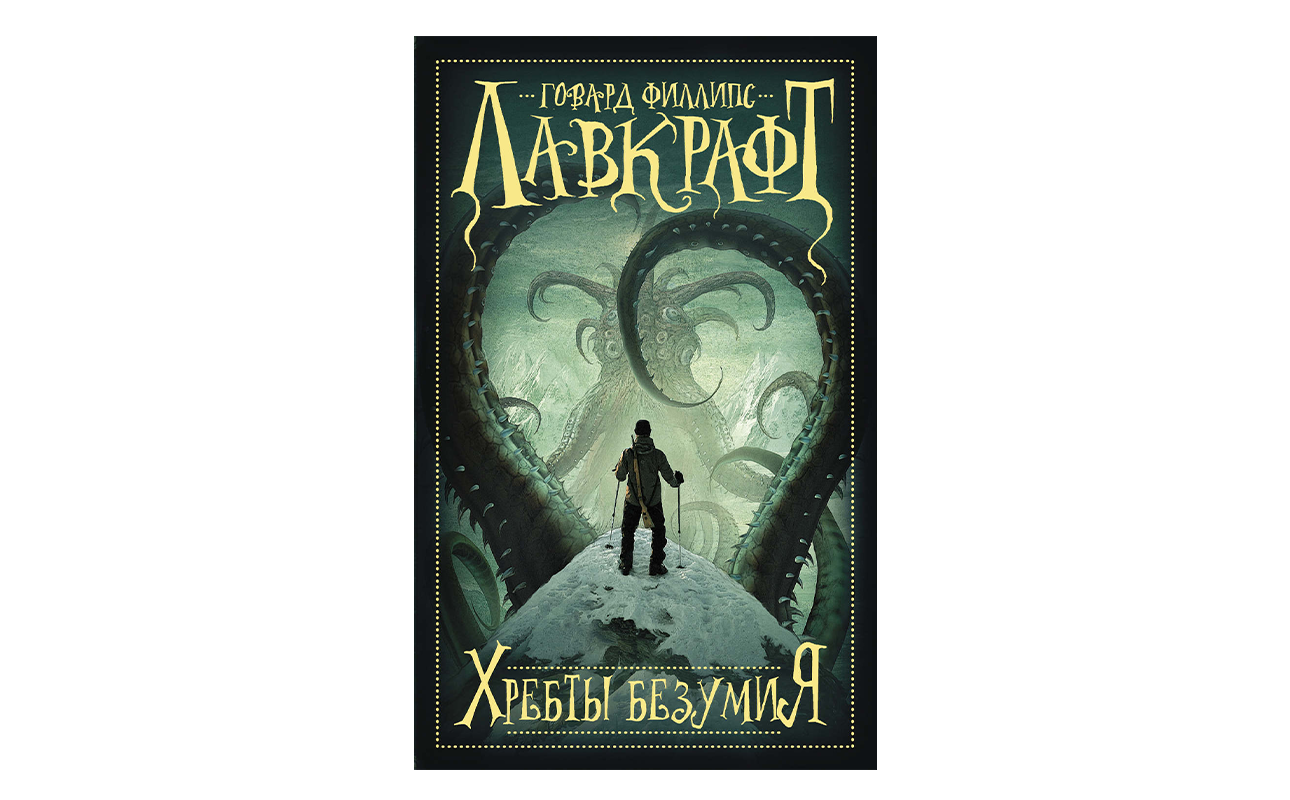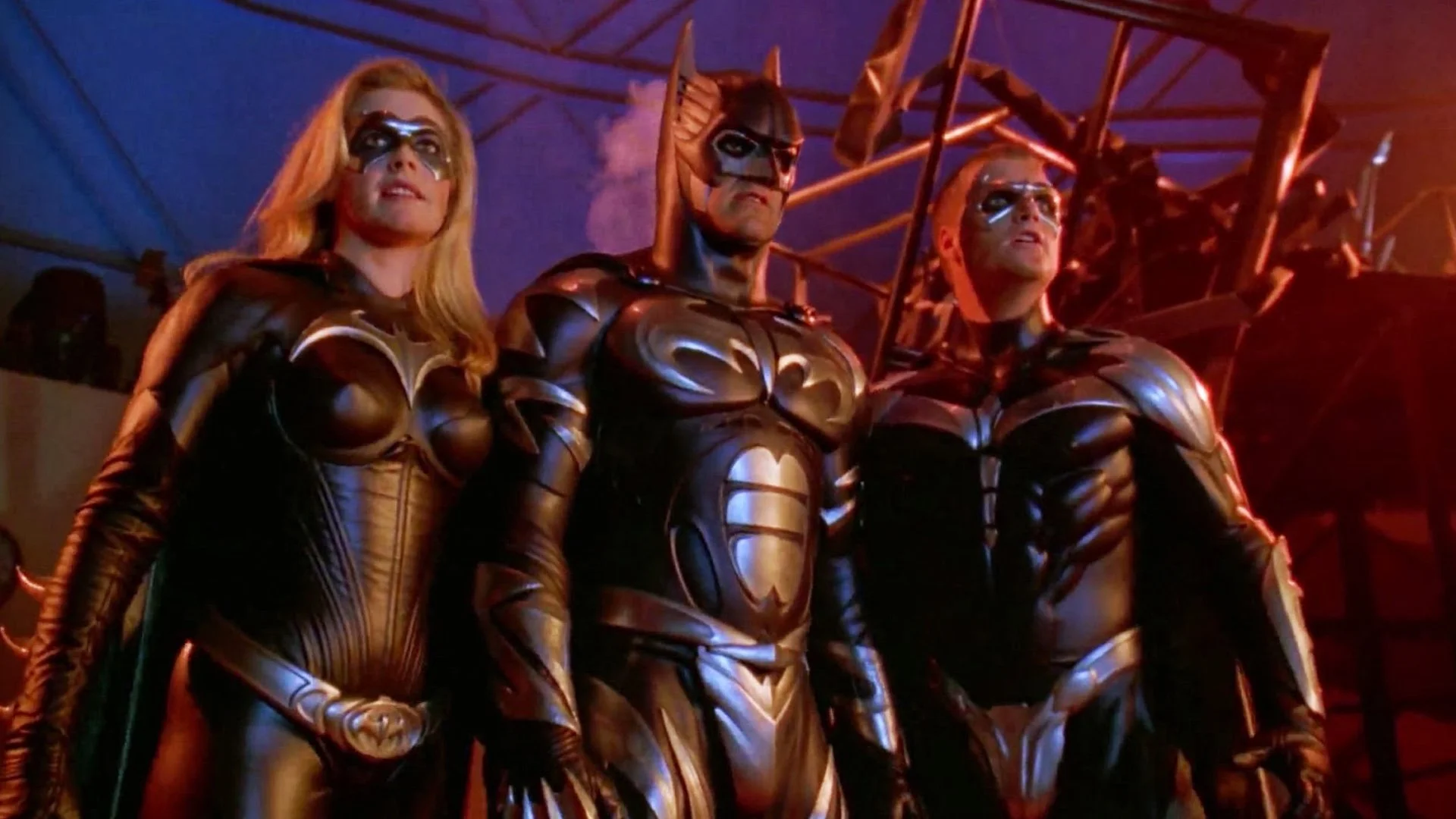Questions about what to watch or what to read can be asked, it seems, endlessly and more than once – after all, any good work, be it a book, movie or TV series, unfortunately, sooner or later ends and leaves. Its audience or reader is in the throes of new searches. But there is some good news, too.
To make your task easier, every week we ask our columnist Konstantin Obraztsov, the writer, author of “Red Chains”, “Hammer of the Witches” and other books, as well as the creator of the “Sample Reading” show on YouTube. (in the past National Internet Content Awards – in 2024 the project won, by the way, in the category “Art of Enlightenment”) and the “Obraztsov” channel in Telegram – to share the diamonds of the best collection of literature and series in the world.

Konstantin Obraztsov
On the agenda today are mystical works, the authors of which are very knowledgeable in the subject on which they write.
Everyone knows the rule of writing: write what you know. But for some reason it is believed that if you write about the work of forensic experts or the daily life of geologists, you need to at least somehow study the topic. But if you decide to write about vampirism, magic, witches or alchemists, you can not limit your imagination in any way and shape everything that comes to your mind, perhaps guided by memories of “Vampire Academy” and “Twilight”.
Of course, you can say that forensic experts and geologists exist in reality, but vampires and alchemists are imaginary, and if so you can invent anything about them. But the question remains: What counts as fiction and what is reality? For example, how does your belief in the reliability of natal charts and Tarot layouts differ from your belief in the effectiveness of alchemical practices or the power of blood magic?
Whatever our belief or skepticism, mysticism and occultism are objectively important cultural phenomena that have a serious impact on the life of society. They took the occult sciences seriously and still do! – people whose practicality or intelligence cannot be denied.
Literary creativity includes fiction, but there is a difference in who fantasizes.
Gustav Meyrink, “Golem”

Gustav Meyrink is a heavyweight of early twentieth-century European mysticism, combining metaphysical subjects with the grotesque style of the German expressionists.
Meyrink, a banker by profession, was a member of the occult society called “Miriam’s Brotherhood of Therapy and Magic”. Meyrink’s successes in the study of mysticism created a certain reputation for him: in 1902 he was arrested (!) on charges of using magic in commercial activities (!!) and spent more than two months in prison (!!!) – a fact This is Meyrink himself and It tells a lot about the period separated from us by more than a hundred years.
“Golem” is Gustav Meyrink’s most famous book, which fully deserves the definition of “magical realism”. The Jewish ghetto in Prague, the dark labyrinths of the slums, Jewish mysticism, an elaborate plot based on Kabbalah and Tarot, and the fine line between metaphysics and madness. This is an incredibly stylish, even slightly pretentious thing, combining a detective story and a mystical thriller, giving you the opportunity to immerse yourself in hidden secrets, unravel many interpretations of the plot or just enjoy exciting events and a gloomy atmosphere.
It is best read in the translation of David Vygodsky, the Russian writer, oberiut and friend of Daniil Kharms.
Highly recommended reading for those considering turning to a fascinating tarot reading with a beautifully packaged social networking page for tarot reading.
Bram Stoker, “Dracula”

Abraham (Bram is a shortened name) Stoker wrote two dozen short stories and novels; none of these were nearly as famous as his Dracula. Let’s be honest: the remaining works of this Irish writer are completely unknown. Perhaps this is because Stoker knew very well what he was writing about when creating the image of popular culture’s most famous vampire.
Abraham Stoker was for many years a member of the Hermetic Order of the Golden Dawn, one of the most important occult societies in Europe in the 19th and 20th centuries and which had a great influence on European mysticism as a whole. They practiced alchemy and theurgy; a branch of magic that has its origins in ancient times and includes, among other things, the so-called red blood magic, which is the metaphysical basis of vampirism.
Stoker was the first to formulate and generalize the vampire “rules of the game”, which have remained unchanged for more than a century: a vampire turns into a wolf or a bat, has hypnotic powers, sleeps in a coffin, is not reflected in the world. The mirror can turn someone into a vampire by making them taste its own blood, it is afraid of garlic, it weakens during the day, it does not enter the house without being invited, and of course it drinks the blood of others and feeds on it. He lives to prolong his own existence; To kill a vampire, you need to drive an aspen stake through its heart and cut off its head. Now all this is perceived as a fascinating Gothic setting that is firmly entrenched in popular culture, but we must not forget that all this was invented by a man who made serious studies of red blood magic and was engaged in collecting material for his novel for eight years. So perhaps the word “invented” is not quite appropriate.
By the way, in Russia, one of the first readers of Dracula was Alexander Blok: he wrote that he read the novel in two days and then did not sleep for two more nights from fear.
Vladimir Odoyevsky, La Sylphide

Many people know Vladimir Odoevsky in childhood: do you remember the fairy tale “The Town in the Snuff Box”, where a child in a dream is transported in a music box and meets the wonderful world of bells, hammers and the queen spring?
This sweet short story was written by a man who was called the “Russian Faust” during his lifetime. Vladimir Odoevsky studied Kabbalah and alchemy, and his office really resembled the abode of a scientist in Goethe’s tragedy: numerous old books on magic and occult sciences, parchment scrolls, alchemical flasks and even skulls. Countess Evdokia Rostopchina, a friend of Odoyevsky, called him “Your Alchemical-philosophical-fantastic perfection”, and contemporaries recalled that Odoyevsky received guests at his home in a black silk peaked hat and a long frock coat reaching to his toes.
The novella “La Sylphide” was clearly written after the study of medieval natural philosophy, containing the doctrine of so-called elementals or elemental spirits: dwarves or nains – spirits of the earth, salamanders – fire, immortals – water, and sylphs – air.
At the beginning of the plot we will see a lot of familiar things, but by Odoyevsky’s time the canons were being formed: the hero comes to the house of his uncle, who was considered a magician and sorcerer, who died under mysterious circumstances. Ancient sealed cabinets filled with mysterious books were discovered there; Despite the warnings, the hero opens them, gets caught up in reading, and…
The novella is worth reading: a touching, if somewhat naive, plot by today’s standards, beautiful language of Pushkin’s time, and a life tip for summoning elemental spirits.
Howard Lovecraft, “Heights of Madness”

In my opinion, Lovecraft is greatly overrated as a writer, but his influence on modern culture is undeniable: Everyone has heard of Cthulhu, for example. Moreover, no matter how strange Lovecraft’s fantasy world may seem, he did not rely solely on the power of his own imagination in its creation, and therefore it deserves to be mentioned in the context of today’s publication.
Howard Lovecraft was a member of the Hermetic Brotherhood of the Luxor society, who studied Hermeticism, an ancient Egyptian mystical teaching, one of whose important concepts was the idea of primordial chaos and darkness, among which our world somehow exists and chaos will eventually engulf it.
This model of the universe is also reflected in Lovecraft’s works: humanity is insignificant in the face of the infinity of space, which seems like an abyss full of monsters; secret knowledge reveals a real, terrifying truth that is better not to know; humans are powerless against otherworldly evil because there is no otherworldly good in Lovecraft’s world; Civilization is dying, humanity is doomed to extinction, everything is decaying.
The best place to start getting to know Lovecraft is his novel The Ridges of Madness, which is central to his mythology. Scientists in Antarctica are digging something out from under the ice, and it’s downright ugly: fourteen monsters that look like thick worms covered in suction cups, with membranous wings, tentacles, and a starfish-like head. Soon, an entire city is discovered in the ice, built by an unknown civilization and hiding the secrets of the origin of life on Earth. For most of the book, Lovecraft tells the story of a struggle for domination of Earth by equally nasty non-human races; one of which humans created as pets and as a source of cheap, easily digestible protein.
Never before has a meeting with the Creator been so unpleasant.
Whitley Strieber, “Hunger”

Whitley Strieber had a successful corporate career in advertising, but abandoned it to pursue a career in literature. He was first influenced by the works of the Russian mystic Peter Ouspensky on theosophy and esotericism, and then by George Gurdjieff’s system of personal development based on yoga and occultism; Spiritual quests continued in the already known “Hermetic Brotherhood of Luxor”. As a result, Strieber created the novel “Hunger” by uniquely combining the relatively new pseudoscientific ideas of anthroposophy with its occult self-improvement practices and good old vampirism.
No damp ruins and cobwebs: here, in the city that never sleeps, the thousand-year-old vampire Miriam escapes boredom and loneliness, making friends to spend eternity with. He feeds them with his blood, but the problem is that even his magical power is only enough for a while, and then he has to look for friends again. When another companion on life’s endless journey begins to age rapidly, Miriam turns to modern science for help.
In Strieber’s decadently sensual novel, vampires are not mystical monsters but a superior race whose superpowers resemble real magic. If you enjoy subtle, snarky aesthetic vampire appeal, Hunger is definitely for you.
It is interesting that Whitley Strieber makes a mystical novel out of his own life: For example, according to him, he was once abducted from his home by aliens, and a mysterious stranger who called himself the Lord of the Key came to him and exposed him. secrets of the universe.
And who will undertake to state with certainty that this is fiction?..
Source: People Talk
Errol Villanueva is an author and lifestyle journalist who writes for The Fashion Vibes. With a passion for exploring the latest trends in fashion, food, travel, and wellness, Errol’s articles are a must-read for anyone interested in living a stylish and fulfilling life.





